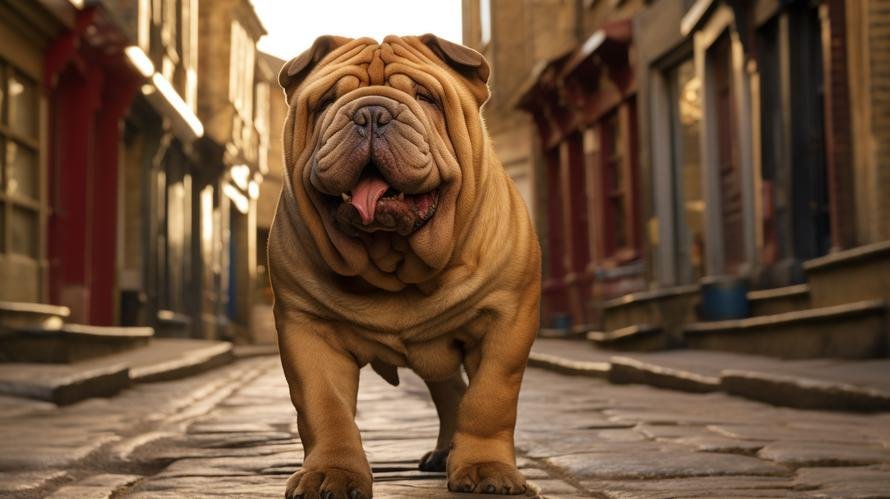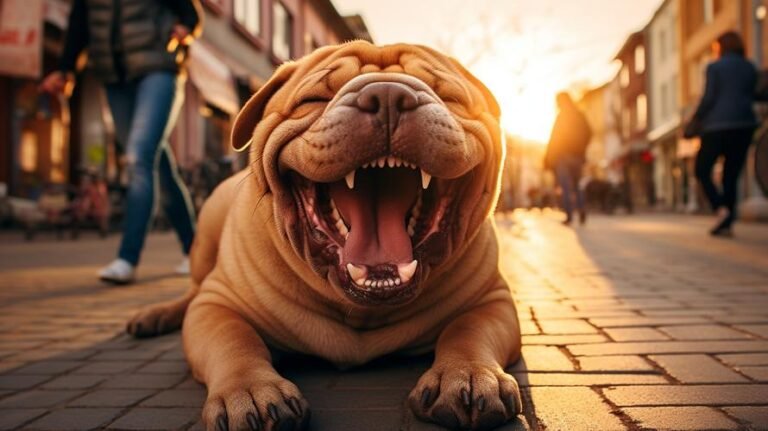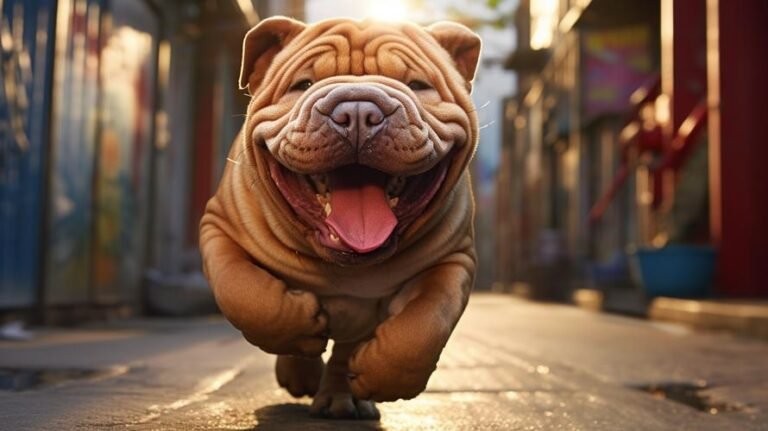Have you ever heard of a dog breed that was once crowned the rarest breed on earth by the Guinness World Record? Yes, it’s none other than Shar-Pei, the adorable pooch that hails from China. With their ancient history, characteristic wrinkled skin and unique blue-black tongue, Shar-Peis have brought a different level of charm to the dog-loving universe.
However, like every pet, these charming creatures require some special attention when it comes to diet. It begs the question whether Shar-Peis should eat grain-free or not? Many dog lovers often grapple with this issue. While some claim a grain-free diet carries numerous health benefits for their lovable pets, others question the overall concept.
In a nutshell, the choice of going grain-free is ultimately a personal one depending on your furry friend’s health, digestive comfort, and personal preferences. It might be useful, though, to understand the rationale behind grain-free diets and their implications on the health of your adorable Shar-Pei.
So why consider a grain-free diet?
The motive behind the switch to a grain-free diet for dogs is usually the belief that it aligns more closely with their primal, carnivorous nature than a diet that includes grains. Past pooches didn’t hunt for barley or wheat, right? They were primarily meat eaters. This is true enough, but remember that your pet Shar-Pei isn’t exactly a wolf, right? Let’s dig deeper.
Some dogs, for example, have a specific allergy or intolerance to grains which results in symptoms like skin irritation, gastrointestinal issues, or ear infections. If you believe your Shar-Pei suffers from grain intolerance, going grain-free could bring much relief.
On the other hand, while grain allergies in dogs do occur, they’re not as common as we might think. In fact, according to veterinary nutritionists, the top food allergens for dogs are proteins – specifically beef, dairy, and chicken. So, it’s essential to rule out such possibilities before switching to a grain-free diet.
One myth that needs busting is the idea that grain-free diets are low in carbs. This is not necessarily true. While grain-free foods may not have wheat, corn, or oats, they often contain other carbohydrate sources like potatoes or peas, which in larger quantities, could lead to weight gain.
Should Shar Pei go grain-free then?
At this point, you might still be wondering if your Shar-Pei should switch to a grain-free diet. The answer to that question is not a simple yes or no. Every dog is unique, and what works for one might not work for another. If your Shar-Pei is plagued with recurrent infections or digestive problems, there may be a chance that grains are at fault, and in such cases, a switch could prove beneficial.
However, remember that not all grains are bad. Whole grains like oats and brown rice are rich sources of necessary nutrients such as fiber, essential fatty acids, and protein. Fiber helps with bowel regularity while fatty acids like Omega 3 benefit the skin, coat, and brain function.
If your Shar-Pei is thriving on a grain-inclusive diet with no signs of allergy or intolerance, there may not be a need to switch to a grain-free diet.
Before making any substantial change in your pet’s diet, ensure you seek vet advice. Your vet will likely recommend an elimination diet to identify if your Shar-Pei has food allergies or sensitivities. This process involves feeding your pet a novel protein and carbohydrate source (one that they haven’t eaten before) for a certain period and then gradually reintroducing foods to observe any reaction.
In conclusion, it’s crucial to remember that there is no ‘one size fits all’ approach when it comes to feeding your Shar-Pei. A balanced diet that meets their nutritional needs while considering their allergies, if any, is essential. Think of your dog’s diet like a seesaw. On one end, it’s high-quality proteins, fats, and certain carbohydrates. On the other end are foods that are relatively less necessary for your Shar-Pei. The trick is to find a healthy equilibrium that keeps the seesaw from tipping and your furry friend from suffering any deficiencies, discomfort, or disease. Happy feeding!



